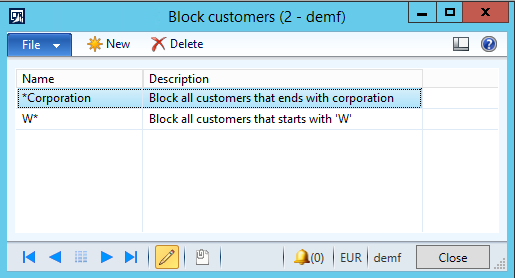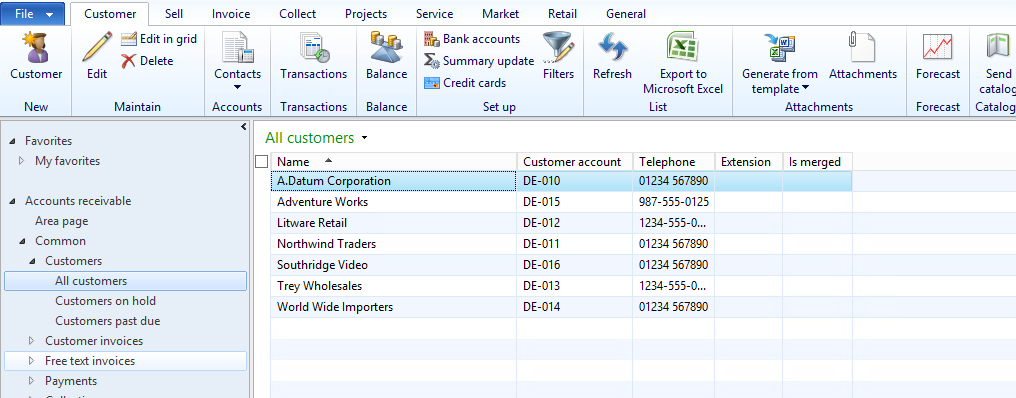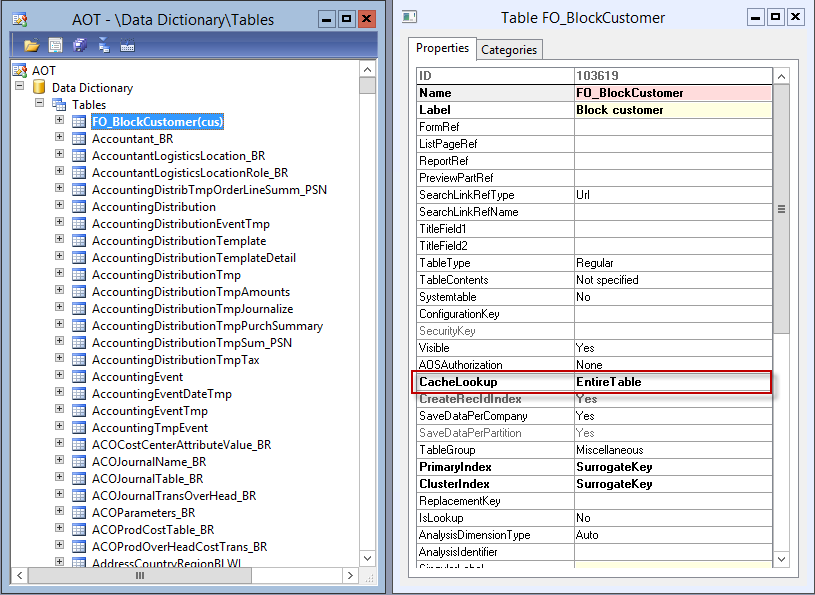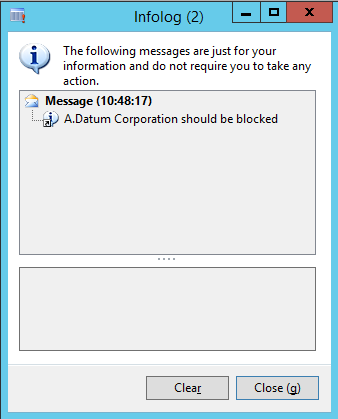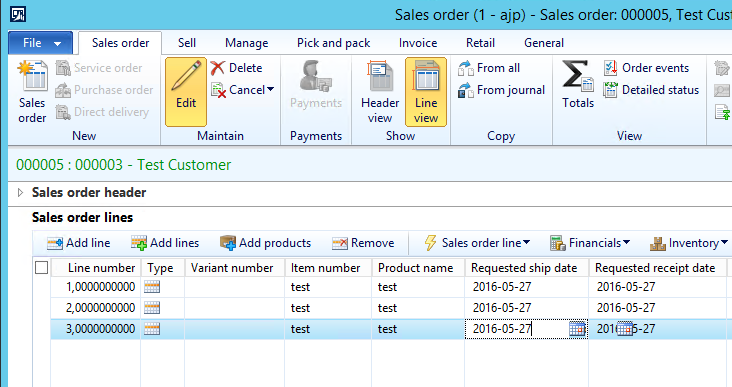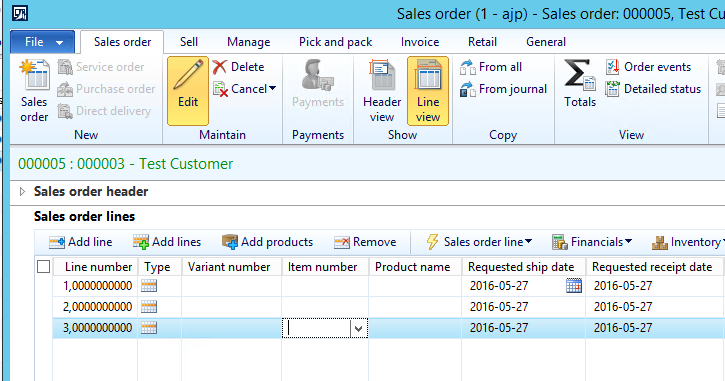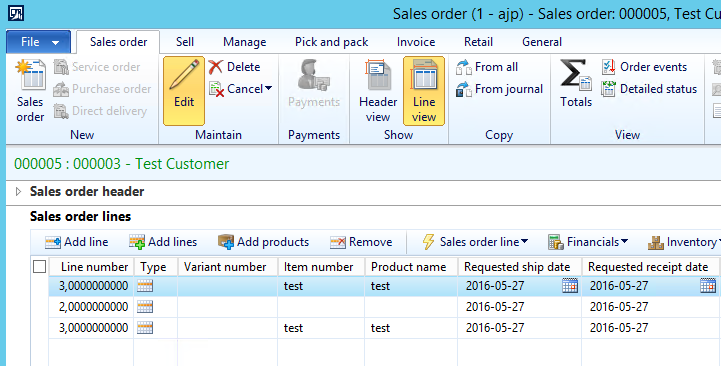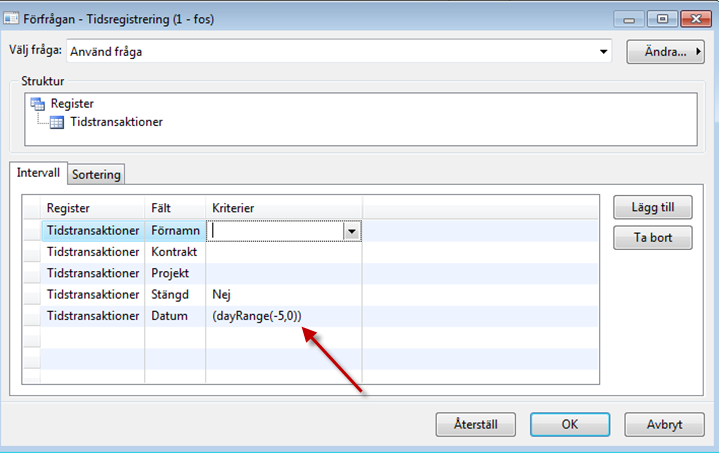A short example how to autenticate and talk to web based API from x++
The code below is divided into two pieces/methods just to ease how to do things. One that authenticates to an API and the other one takes the authentication token and adds it to the call. The examples below maybe don’t fit your scenario due to all API are different but the procedure is almost the same.
void authentication(){str rawResponse;Map responseData;RetailWebResponse response;;//URL to the API, Data, Header data, ContentType: 'application/x-www-form-urlencoded'response = webApi.makePostRequest([URL], @'grant_type=client_credentials&client_id=[clientId]', [Header], [ContentType]);if(response.parmHttpStatus() != 200)throw error("Couldnt authenticate");rawResponse = response.parmData();responseData = RetailCommonWebAPI::getMapFromJsonString(rawResponse);token = responseData.lookup("access_token");}
In this example below, we got our response back as an ARRAY. we remove the ARRAY tags and with that, the call is translated into JSON.
private void call(){RetailWebRequest webRequest;RetailWebResponse response;str rawResponse, ref;Map responseData;;webApi = RetailCommonWebAPI::construct();//URL to get datawebRequest = RetailWebRequest::newUrl([URL]);//Send token through JSON GET callwebRequest.parmHeader(@'Authorization: Bearer '+token);webRequest.parmContentType("application/json");webRequest.parmMethod("GET");response = webApi.getResponse(webRequest);if(response.parmHttpStatus() != 200)throw error("No data is returned");rawResponse = substr(response.parmData(),2,(strlen(response.parmData())-2));responseData = RetailCommonWebAPI::getMapFromJsonString(rawResponse);ref = responseData.lookup("ref");}
 Follow
Follow